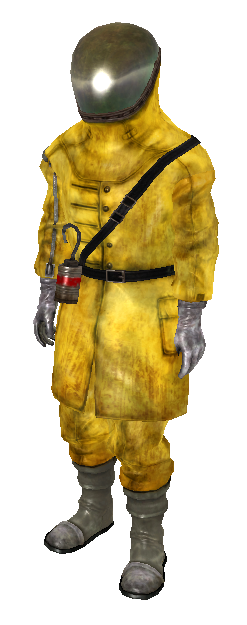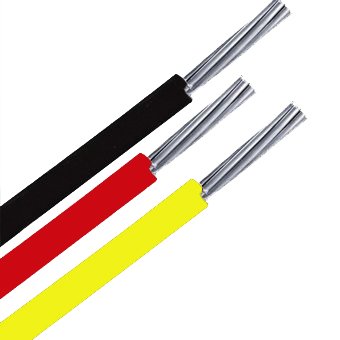Larp Bulgaria uses a simplified combat system, designed for massed PvP combat, where things happen very quickly.
Weapons
All weapons deal equal damage - 1 point, regardless of type. Occasionally heavy two handed weapons deal 2 points, but its a rule that's rarely use.
Types of weapons:
One handed
under 30 sm - knives, daggers, throwing knives etc.
above 30sm but under 1m. - short sword, swords, sabres, axes, hand and half swords, maces etc.
Grey area - 1m - 1.2m - hand and half swords and longswords.
Two handed (can't use it with a wounded arm)
above 1.2m - claymores, greatswords, dane axes, great axes, bardiches etc.
Polearms and spears
Defined by the head. Spears can be used with one hand. Halberds, poleaxes naginatas and such - grey area - depends on the user, if you are a big bloke no one will care, if you are 50kg with wet clothes, someone will call you out on it.
Throwing weapons
Throwing knives, throwing axes, javelins. Knives are the most common. It is accepted that throwing knives should do 0 damage to metal armour.
Ranged weapons
Bows and crossbows - general rule is under 20-25kg pull. All arrows are inspected before a game.
Shields
All known shield types, fantasy included - even bladed shields that can be used as a weapon. Its assumed they are all top quality and thus won't break in combat.
Armour
Armour is divided in two types commonly named leather and metal.
Leather armour
Includes gambesons, as well as wood and plastic imitations. It provides 1 additional hit point to the part of the body it covers and only where it actually covers - i.e. If you have a bracer and get hit in the naked shoulder, armour is not counted.
Metal armour
Metal armour includes all types of armour made by metal - it doesn't matter if its steel, bronze, copper or aluminium. In this type fall chainmaille, plate maille, scales, chain&plate, lamellars and so on. It provides 2 additional hit points to the body part it covers, again with the noted rule that it should actually cover it.
Mixed armour by material
Armour that is made from mixed materials is defined by the predominant material. Example - if you have If its mostly leather with just a few metal plates, it counts as leather, however if it has enough plating - it counts as metal.
Mixed armour by type
If someone has say - leather on his back and metal on his chest, they are NOT counted separately. If he gets hit once in the back - it will take 2 more hits to his chest to finish him, or one more to his back.
Combat rules
Everyone is allowed to carry whatever armament he desires.
Everyone has 1 hit point on each body part - legs, arms, body. A clean weapon hit in a body part, maims it and makes it useless - i.e. you must drop your weapon (not switch it to your healthy hand - drop it on the ground, if you can pick it up, pick it up, if you can't - tough luck) or limp with your wounded leg. If you lose both legs you are down on the ground(NOT kneeling - directly on the ground) With two wounded limbs, if the battle continues for more than 10 min and you don't get any help - you die from bloodloss. A hit to the torso kills outright. Armour adds hit points depending on its type - if you have leather armour, you will go down (or lose a limb) after the 2nd hit in that area, if you have metal armour, after the 3rd.
Exception- the only exception is having two metal armours on your torso (i.e. chainmaille+plate or chainmaille+lamellar etc.) This gives you 4 hit points on the torso, meaning you die after the 4th hit there.
Double death - simultaneous blows are counted for both sides.
Prohibited areas - groin, and head. Penalties for dangerous play are possible. Hits to the shoe and the fingers of the arm are not counted, but non the less get good shoes, good fighting gloves and possibly a helm. Accidents happen.
Glancing hits - glancing hits that are either too weak or only with the tip of a weapon may or may not be counted according to the decision of the attacked player.
Slicing throats - You may cut your opponent's throat in a fight which counts as an instant kill. It must be done with a short weapon(knife, dagger etc.) and with caution. The limitation is in place to discourage folks from trying to hit someone's neck and head area with big weapons. If you are doing it from behind, you may use any cutting weapon you have, if again, you use caution. Neck armour provides protection from this.
Prohibited actions:
- Punches;
- Hits with elbows;
- Kicks;
- Grabbing and holding the hand of an opponent, to stop/deflect impact;
- Attempts to extort the weapon of the opponent by applying force on a body part/articulation (e.g. twisting someone’s hand)
Exception: By mutual consent between two players they can fight with grappling etc.
Exception 2: Yellow armband rule. The Yellow armband rule is for players who consent to tougher play against them and thus is 18+. By wearing a clearly visible yellow armband on his biceps that can't be mistaken for part of his suit, the player shows that he agrees to tougher play. Thus players who want to fight harder can find each other even without mutual consent. Combat between them and others is fought by the normal rules.
The yellow armband rule is not applied during night combat.
At any given point if there is either clear danger or a wounded player that needs immediate attention, one can shout with a loud voice "STOP!" to stop the game and provide help.
Taking prisoners and searching.
If taken prisoner you have two options. You may agree that you are bound and tied and will comply with your captors. OR you may insist that they actually tie you up with whatever they have. In the second case you are allowed to do what you can to free yourself if possible.
Searching by guards is done for real with intent of removing hidden weapons and such. Searching a dead body after a battle is done in RP by saying "I'm searching you, what do I find?" - the person searched must give in all RP related items - money, etc. Taking of enemy weapons and character equipment is prohibited without consent - said person may have wasted many long hours crafting and will be mightily pissed off if you break his new shiny sword.
For each game arbiters are selected among the players with best standing in the community. Their task is to make sure nobody breaks the rules and if necessary apply punishment(or remove from the game).
Note: you are non the less allowed to break the rules if it is at your loss, not at your gain, with intention of better RP.




















































